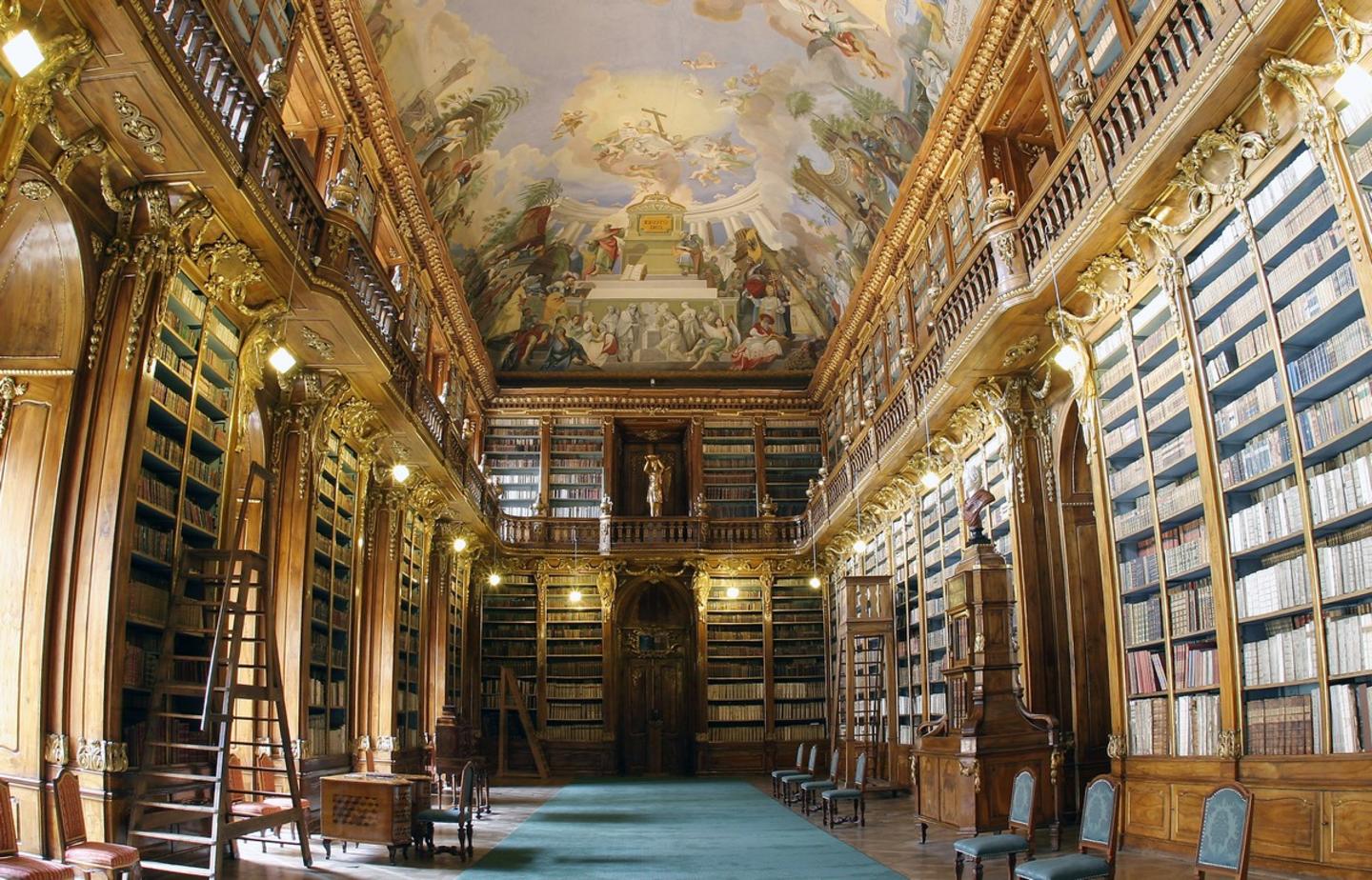Support from the EEA and Norway Grants has contributed to the preservation and restoration of cultural heritage treasures across Europe and to making them accessible for the benefit of current and future generations.
When the EEA and Norway Grants were set up in 2004, little EU funding was available for cultural heritage, and domestic funding was insufficient to cover the extensive needs. Support from the EEA and Norway Grants has helped to fill this gap.
Funding of great importance
A cultural heritageevaluation, carried out by PITIJA, Svetovanje d.o.o., confirmed the value of funding in this sector. Protection of cultural heritage was a priority in all countries, representing around 20% of grants awarded.
The evaluation found that the EEA and Norway Grants 04-09 were of great importance to the conservation of cultural heritage in the beneficiary countries. End-beneficiaries were able to invest effectively in the restoration of cultural heritage objects, and in the development of activities around the restored objects.
Many examples show that the Grants provided a spin-off effect, resulting in new activities and new funding after the completion of the evaluated projects. Revitalisation of buildings and restoration of cultural heritage assets helped to attract greater visitor numbers and strengthen pride in local communities. The projects successfully reached out to a wide range of target groups, and increased cultural management capacity within involved organisations. Pride in cultural heritage and the awareness of its significance has increased within communities as well as in local, regional and even national authorities.
In a context where many heritage sites in these countries were in a critical state of disrepair, most projects focused on restoring actual monuments rather than testing out more creative conversions of buildings for other purposes. Several of the new cultural heritage programmes will now focus on the re-use of heritage buildings to support activities that promote inclusion and diversity in culture.
